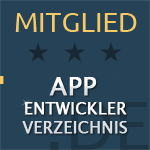
Insight

Insight

Insight
Successful Flutter App Development: Case Study on Mein Schützenleben


Julian Giesen
·
·
Monday, June 3, 2024


Julian Giesen
As part of an exciting project, I had the opportunity to support the team from Mein Schützenleben as a Flutter app developer to significantly advance the progress of app development. Mein Schützenleben is an innovative platform that brings shooting sports into the digital world and offers users a comprehensive app for managing and organizing their activities.
My main tasks included implementing the provided Figma designs and working on specific Jira tasks. The focus was on integrating a robust role system, adapting user data, and introducing efficient state management with BloC. Additionally, I programmed various screens in the frontend and optimized database queries to improve the app's performance.
In addition to my development work, I conducted trainings on app development with Flutter to equip the team from Mein Schützenleben for future challenges. These trainings included state management with BloC and optimizing database queries.
Project Support and Development
In collaboration with the team from Mein Schützenleben, it was crucial from the beginning to establish clear communication channels and structured workflows. By providing detailed Figma designs and precisely defined Jira tasks, efficient and goal-oriented development could be ensured. These foundations enabled me to accurately understand the project requirements and systematically tackle the respective tasks.
Integration of a Role System for Enhanced User Experience
A key element of the Mein Schützenleben app is the role system, which allows users to utilize different permissions and functions based on their role within the app. Implementing such a system required careful planning and execution to ensure that all user requirements were met while guaranteeing the security and usability of the app.
The integration of the role system involved several steps, starting with defining the various roles and their respective permissions. These roles were then integrated into the backend, using AppWrite as the backend service. Through close cooperation with the client and regular communications, I was able to ensure that the role system precisely met the needs of the users and provided a seamless user experience.
Adapting User Data and User Profiles for Personalized Interactions
Another important aspect of my support was the adaptation and management of user data and user profiles. The goal was to create a personalized and intuitive user experience that would allow users to easily manage their profiles and tailor them to their individual needs.
This included implementing features that enabled users to update their personal data, track their activities, and make custom settings. These adaptations were realized in both the frontend and backend to ensure a consistent and smooth user experience. Particularly important was ensuring data integrity and protecting sensitive information.
Introduction of Efficient State Management with BloC
A central element of app development was the introduction of efficient state management with the BloC pattern (Business Logic Component). BloC is a proven pattern in Flutter development that allows for a clear separation of business logic and user interface, thereby improving the maintainability and testability of the app.
The implementation of the BloC pattern began with a thorough analysis of the existing architecture and identifying areas where improved state management was necessary. By introducing BloC, I could ensure that state changes in the app were centrally controlled and efficiently managed. This led to significantly improved performance and a smoother user experience.
In addition to the technical implementation of the BloC pattern, I trained the team from Mein Schützenleben in the fundamentals and best practices of BloC. This training included the implementation of BloC in existing and new components, managing complex states, and using streams and events to communicate between different parts of the app.
Frontend Programming and Optimization
An appealing and functional frontend is crucial for the success of any app. At Mein Schützenleben, the focus was on developing an intuitive user interface that provides users with a seamless experience while ensuring high performance.
Development of Various Screens for a Seamless User Experience
The user interface of Mein Schützenleben consists of several central screens that provide different functions and information. Among the most important screens are the dashboard, profile view, event management, and communication platform for members. Each of these screens was carefully designed to meet the specific requirements of the users and enable a consistent and user-friendly navigation.
The development of these screens began with analyzing the Figma designs, which provided detailed layouts and interaction models. These designs were then implemented in Flutter/Dart, with particular attention paid to consistency and adherence to design specifications. Through regular consultations with the client and iterative feedback, it was ensured that each screen was not only functional but also visually appealing.
Implementation of Flutter/Dart for the Frontend
The implementation of the frontend began with creating basic widget structures, which were then gradually expanded with specific functionalities. Various Flutter widgets were used to create a responsive and adaptive user interface. Significant challenges included implementing complex interactions and animations that guarantee a smooth and intuitive user experience.
An important aspect of frontend development was the integration of the BloC pattern, which allows for a clear separation of business logic and user interface. This not only led to a clearer and maintainable code but also significantly contributed to the stability and performance of the app.
Reducing Database Queries to Improve App Performance
High performance is a key factor for user satisfaction. Therefore, it was crucial to minimize the number of database queries and optimize the efficiency of database interactions. At Mein Schützenleben, AppWrite was used as the backend service, which offers a variety of functions for data management.
To reduce database queries, I first performed an analysis of existing data accesses. Areas were identified where unnecessary or inefficient queries occurred. These queries were replaced with targeted optimizations, such as using caching strategies and aggregating database operations.
Another approach involved revising data structures and creating indexes that enable quick access to frequently needed data. These measures led to a noticeable reduction in latency times and an overall improved performance of the app.
In addition to the technical optimization, trainings were also conducted for the team from Mein Schützenleben to convey best practices for database optimization. These trainings helped the team develop a deeper understanding of the relationships between database queries and app performance and to apply this knowledge in future projects.
Training on Flutter App Development
A key part of my work with the team from Mein Schützenleben was conducting an intensive training on Flutter app development. This training spanned two consecutive days and focused on the basics of state management with BloC, optimizing database queries, and integrating a role system. The aim was to equip the team with the necessary knowledge and practical skills to efficiently further develop the app and independently tackle future challenges.
Day 1: Fundamentals of State Management with BloC
Introduction to the BloC Pattern and Its Significance in Flutter
The first day of training began with a detailed introduction to the BloC pattern (Business Logic Component). This pattern plays a central role in Flutter development as it allows for a clear separation between business logic and user interface. This leads to cleaner code and simplifies the maintenance and extension of the app. I explained the fundamental concepts of the BloC pattern and highlighted why it is particularly suited for complex Flutter applications.
Practical Implementation of State Management with BloC
Following the theoretical introduction, a practical implementation was conducted. Together with the team, we implemented a simple example project where the BloC pattern was used to manage state changes. Step by step, I showed how to define events and states and how to integrate these into the BloC. I placed particular emphasis on best practices and common pitfalls.
Tips for Efficient State Management in a Flutter App
At the end of the first day, I provided the team with practical tips for efficient state management in a Flutter app. These included using streams for asynchronous state management, employing repositories to separate data access and business logic, and techniques for minimizing rebuilds and optimizing performance. These tips helped the team develop a deeper understanding of the efficient utilization of the BloC pattern.
Day 2: Optimizing Database Queries and Integrating a Role System
Identifying Database Queries and Optimization Opportunities
The second day of training began with analyzing database queries and identifying optimization opportunities. Together with the team, we examined existing data accesses and identified areas where unnecessary or inefficient queries occurred. I explained how to optimize database queries using indexes, caching, and aggregation to enhance the app's performance.
Practical Methods to Reduce Database Access
Subsequently, practical methods for reducing database accesses were presented and implemented directly. This included implementing caching mechanisms, aggregating database operations, and utilizing batch updates. These measures contributed to minimizing the number of database accesses and increasing the efficiency of the app.
Integration of an Effective Role System for Enhanced Security and User Guidance
The second part of the training day also focused on integrating an effective role system. A well-designed role system is crucial for the security and user guidance of an app. I explained the principles of role and permission management and showed how these can be integrated into the existing architecture. Together with the team, we implemented a simple role system that provides different permissions for various user roles.

Result of the Role System Flow in the App
Conclusion
Collaborating with the team from Mein Schützenleben was an extremely productive and enriching experience. Through the clear structuring of tasks and close coordination with the client, I was able to make significant progress in the development of the app. The integration of a robust role system, adapting user data, and introducing efficient state management with BloC led to an improved user experience and higher app performance.
The training on Flutter app development, focusing on the BloC pattern and optimizing database queries, also empowered the team to tackle future challenges independently and continuously develop the app. Overall, this project has shown how close and structured collaboration can lead to excellent results. I look forward to continuing to work with the team from Mein Schützenleben and other innovative projects in the future.
All insights
All insights
“Flutter and the related logo are trademarks of Google LLC. We are not endorsed by or affiliated with Google LLC.”
“Flutter and the related logo are trademarks of Google LLC. We are not endorsed by or affiliated with Google LLC.”
Copyright ©2025. Julian Giesen. All rights reserved.
“Flutter and the related logo are trademarks of Google LLC. We are not endorsed by or affiliated with Google LLC.”






